Gamer Builds Real-Life Aimbot, Might be Better Than You at Valorant
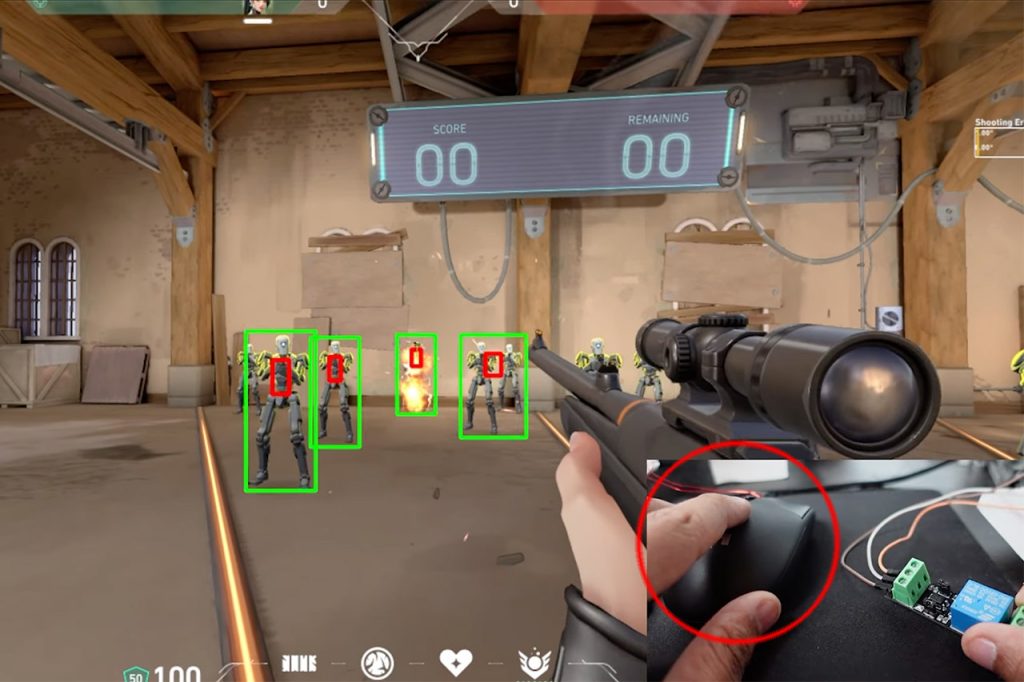
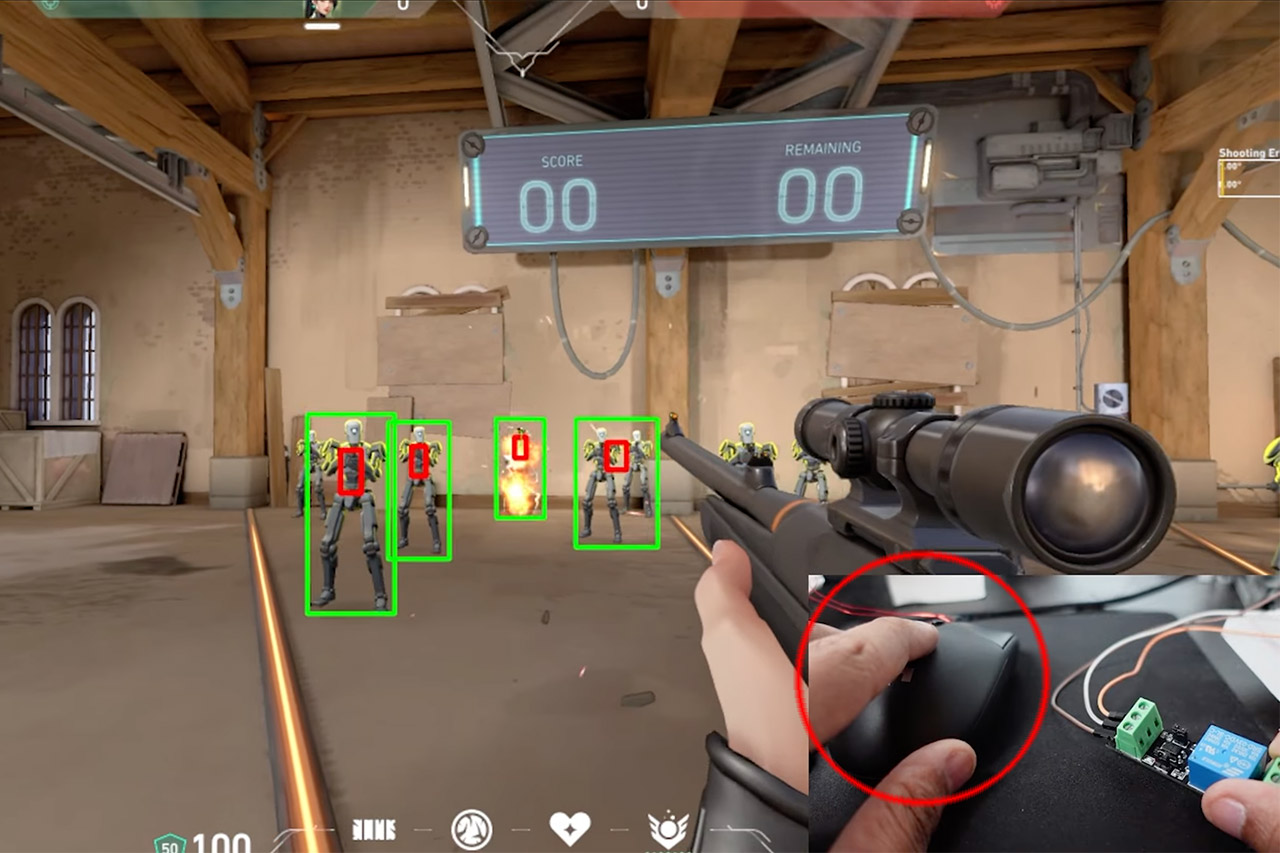
Kamal Carter, a maker who likes to combine gaming with engineering, has made something amazing: a physical aimbot for the competitive shooter Valorant. Unlike the software cheats that used to plague online games, Carter’s creation is a physical, mechanical marvel—a robot that moves a mouse to aim and shoot with precision.
Carter’s journey started with a personal challenge. Stuck at the bottom of the Valorant leaderboards, he was tired of getting outgunned by his friends and cousins. His solution wasn’t to grind for skill but to build a robot that could outaim them all. The goal was clear: create a device that could dominate in Valorant’s firing range, a practice mode with three bot difficulty levels—easy, medium, and hard. Carter wanted to beat his own scores (30 easy bots, 14 medium, and 3 hard) and pro players who typically hit 24 to 30 hard bots. Most importantly, the robot had to be undetectable by Valorant’s Vanguard anti-cheat system, which runs at the kernel level and sniffs out software manipulation before Windows even boots.

Lenovo Legion Go S – 2025 – Mobile Gaming Console – AMD Radeon graphics – 8″ PureSight IPS Display -…
- ALL GAMES, ALL PLACES, ALL YOURS – Get ready to game on the 8″ 120Hz Lenovo PureSight display and launch any title using Legion Space. The AMD Ryzen…
- SEE EVERY DETAIL – Make every scene pop with 500 nits of stunning brightness and 100% sRGB color accuracy. And with 10-point touch support, your…
- PLAY YOUR WAY – Play hundreds of high-quality PC games with your complimentary 3 months of PC Game Pass and EA Play. With new games added all the…
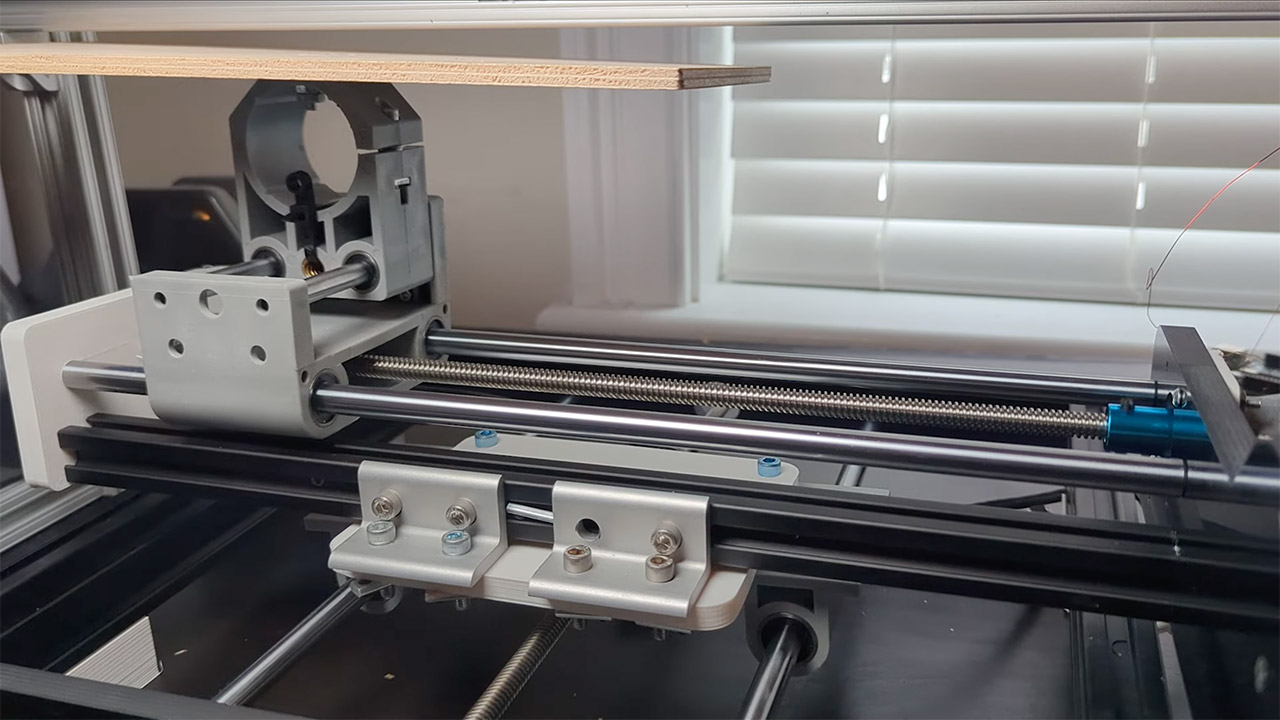
The heart of Carter’s aimbot is a repurposed desktop CNC router, a budget kit you can find on Amazon. Instead of moving the mouse, the robot moves a wooden platform beneath it, creating the same relative motion an optical sensor needs to track. Early designs flirted with an inverse trackball system, spinning a ball under the mouse’s sensor, but it was unreliable—slipping and miscalibrating under pressure. Stepper motors, typically precise, also failed—unable to switch directions fast enough for Valorant’s twitchy demands. Carter swapped them for DC motors with lead screws, which deliver smooth, instantaneous motion. A 3D-printed mouse holder, just 0.25 mm thick, keeps the mouse in place while allowing its sensor to track the moving platform below. The result is a system that moves with robotic precision but lets Carter manually queue matches or navigate menus.
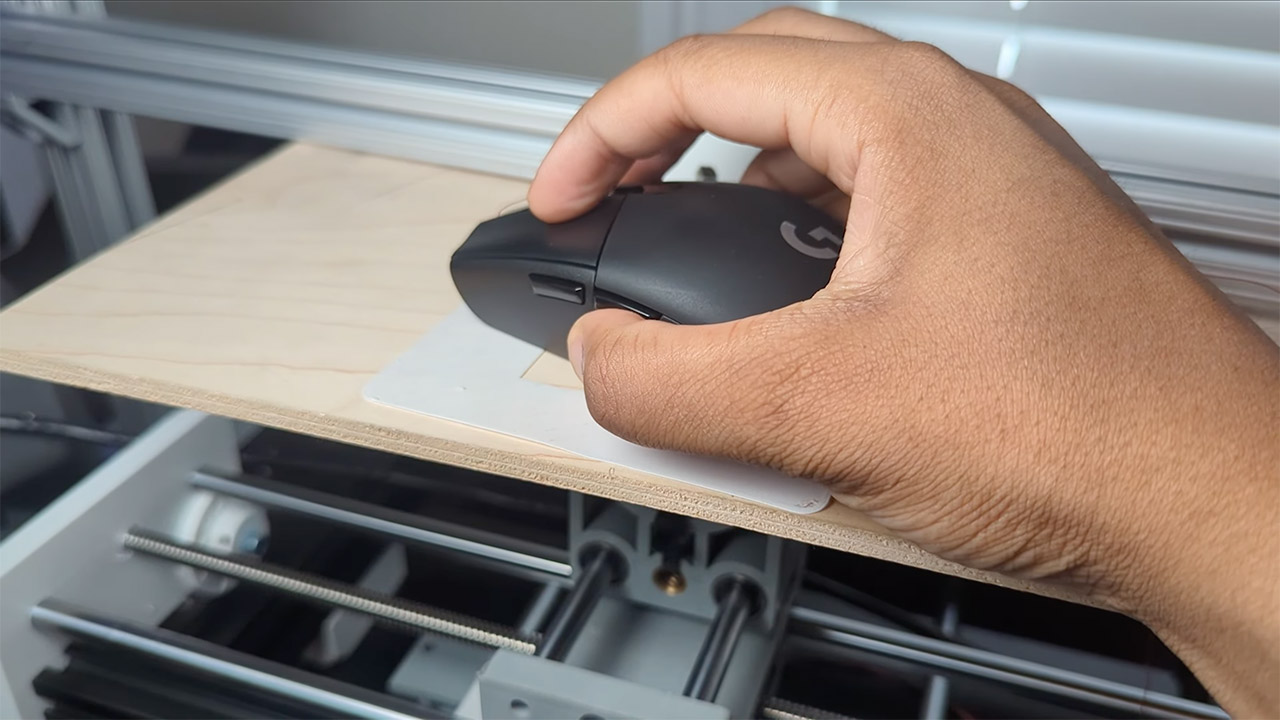
Clicking the mouse was another challenge. Mechanical solutions like solenoids or servos were too slow and prone to wear. Carter opened up his mouse and found the simple tactile switch inside and wired it to a relay. This setup toggles the left-click electrically, mimicking a human press with no lag or moving parts. It’s a clean, elegant solution that lets the robot fire as soon as it’s on target.
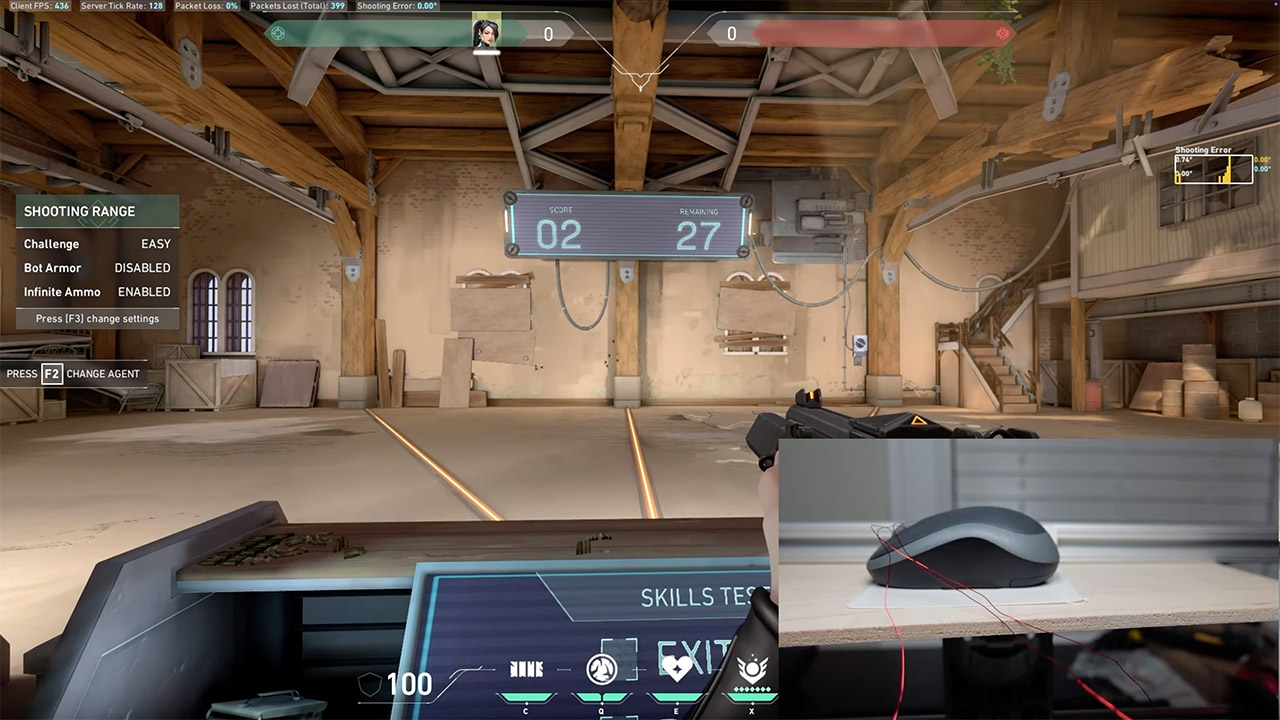
Detecting enemies on screen required a different kind of cleverness. Carter went with YOLO (You Only Look Once), a real time object detection algorithm that breaks images into grids and predicts bounding boxes for objects—in this case, Valorant’s brightly outlined enemies. Training YOLO was no small feat; Carter spent hours labeling game clips, teaching the model to recognize opponents amidst Valorant’s chaotic visuals—glowing abilities, red indicators and shifting map lighting. Color detection alone wouldn’t cut it; the game’s vibrant palette made it too easy to mistake an orb or effect for a target. YOLO, running on a gaming PC with a beefy GPU (upgraded from a 3060 Ti to a 5060 Ti for faster processing), delivers tight bounding boxes with high confidence, pinpointing enemies in real time.
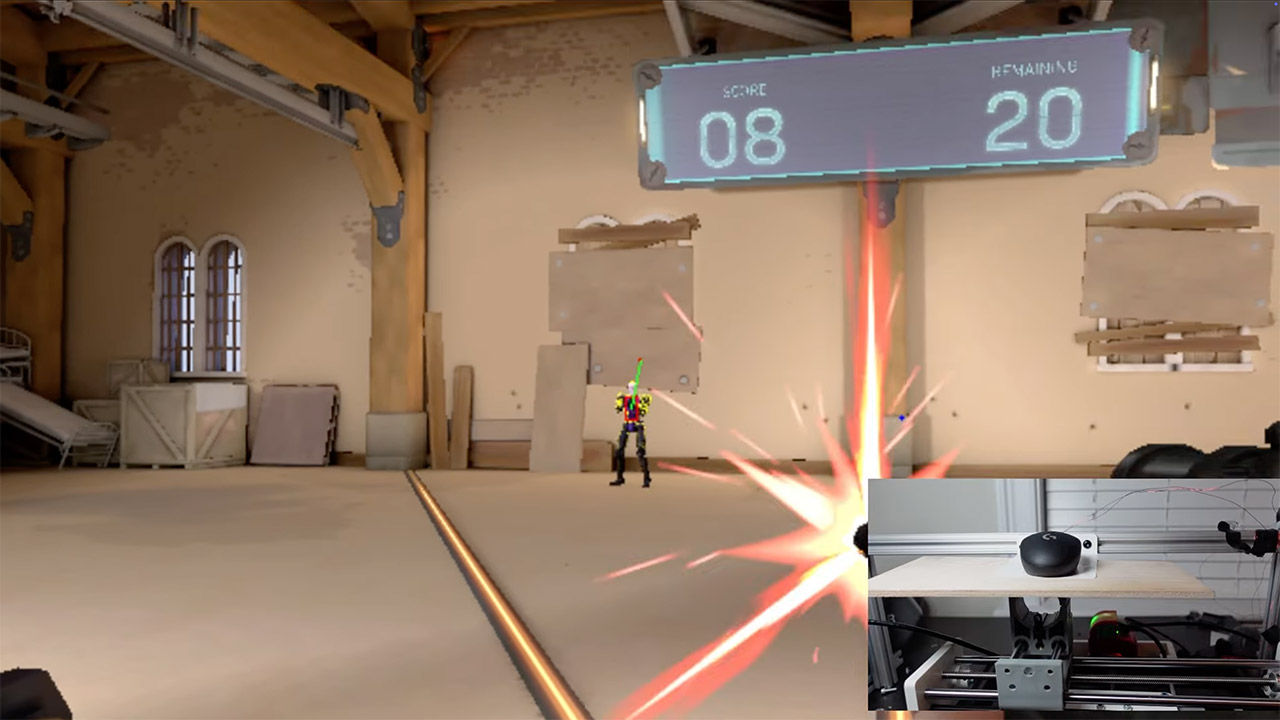
Translating those bounding boxes into mouse movement was the next challenge. Carter programmed the robot to send velocity commands to the DC motors, proportional to the target’s distance from the screen’s center. Far off enemies trigger faster movements; close ones slow the platform for precision. Early tests were messy—overshooting, undershooting, even motors vibrating loose—but these imperfections proved useful. The slight jitter mimicked human imprecision, making the robot’s aim look natural rather than suspiciously perfect. To keep the system centered Carter added a clever reset mechanism: after each kill the robot snaps back to a central point on the screen, guided by a color detection script that locks onto Valorant’s bright blue scoreboard.
The results were amazing. Against easy bots, which spawn every 2 seconds, the robot scored a perfect 30/30, matching Carter’s best human score. Medium bots, which spawn every second, pushed the system harder. Carter optimized by dropping the screen resolution to 1280×720 for faster image processing and added threading to decouple screen grabbing from enemy detection. Upgraded actuators with encoder feedback smoothed out the motion. The robot scored another perfect 30/30, beating Carter’s personal best of 22. Hard bots, which spawn every 0.5 seconds, were the ultimate test. Even pros struggle here, with top scores ranging from 22 to 30. After tightening the hitbox for precision and fine tuning the control loop the robot scored 26/30—a pro level score that beat Carter’s 8 and his cousin’s 15.
It doesn’t go for perfection, which would get flagged by Valorant’s server side anti-cheat that detects superhuman performance. Instead it delivers human like results, robotic precision with just enough imperfection to fly under the radar.
[Source]
Gamer Builds Real-Life Aimbot, Might be Better Than You at Valorant
#Gamer #Builds #RealLife #Aimbot #Valorant







